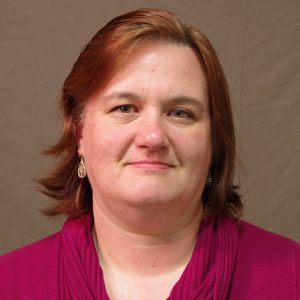Animal Sciences

March 5, 2018
Jordan Thomas
Jordan Thomas is an assistant professor in the Division of Animal Sciences at the University of Missouri. Dr. Thomas is a Missouri native and University of Missouri alumnus, having earned his Ph.D. in Animal Sciences with an emphasis in Reproductive Physiology in 2017. Dr. Thomas maintains an active applied research program in reproductive management of beef cattle, coordinating the breeding program for cattle across the University of Missouri Agricultural Experiment Station Research Center herds. Additionally, Dr. Thomas is active in collaborative efforts in education and outreach, such as the Show-Me-Select Replacement Heifer Program, the National Center for Applied Reproduction and…

March 5, 2018
Miriam Sutovsky

March 2, 2018
Lee Spate
Prather lab

March 2, 2018
Anna Spate
Prather lab

March 2, 2018
Susan Schommer
Prather lab

March 2, 2018
Rebekah Schnell

March 2, 2018
Mike Linville

March 1, 2018
Hannah Twenter
Educational background Ph.D., University of Missouri M.S., Colorado State University B.S., University of Missouri Courses taught AN SCI 1165: Biology of Animal Production I AN SCI 1175: Biology of Animal Production II AN SCI 1011: Introduction to Animal Sciences INT DSC 1001: Animal Sciences Freshman Interest Group AN SCI 2010: Careers in Animal Sciences AN SCI 4979(W): Poultry Production AN SCI 4940: Internship in Animal Science & Technology…

Jan. 10, 2018
Harley Naumann
Dr. Harley Naumann is an Extension State Forage & Grazing Specialist at the University of Missouri and a faculty member in the Division of Animal Sciences. He received a Ph.D. from Texas A&M University where he evaluated nutritional impacts of native rangeland legumes on ruminant animal production. Dr. Naumann conducts teaching, research and outreach focused on the plant-animal interface. His primary interest is planning and utilizing resilient forage-livestock systems that extend, and even out the unevenness of, cool-season grass-based grazing systems. Dr. Naumann’s work includes strategic use of perennial and annual cool and warm season forages to increase grazing days…

Nov. 16, 2017
Melissa Samuel
Prather lab